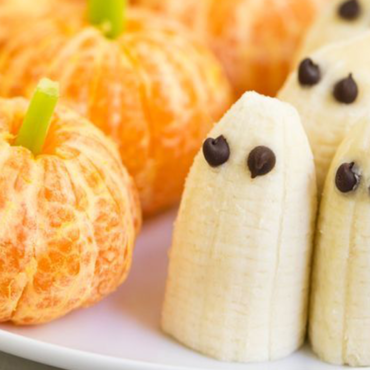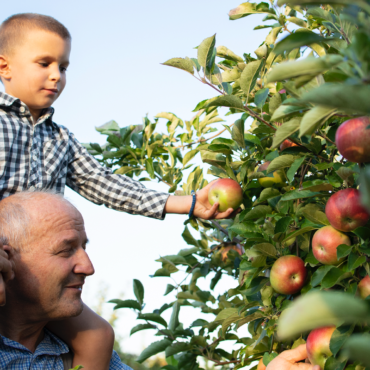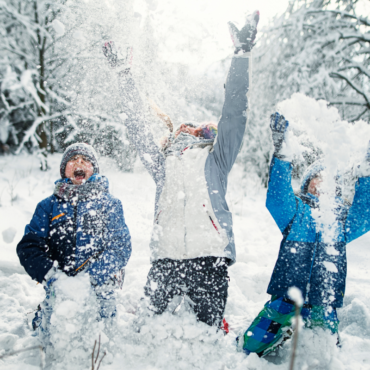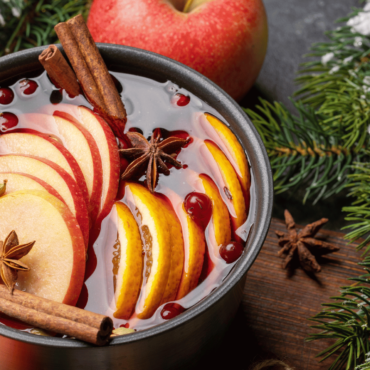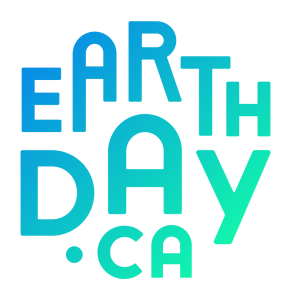Blog & News
Food waste
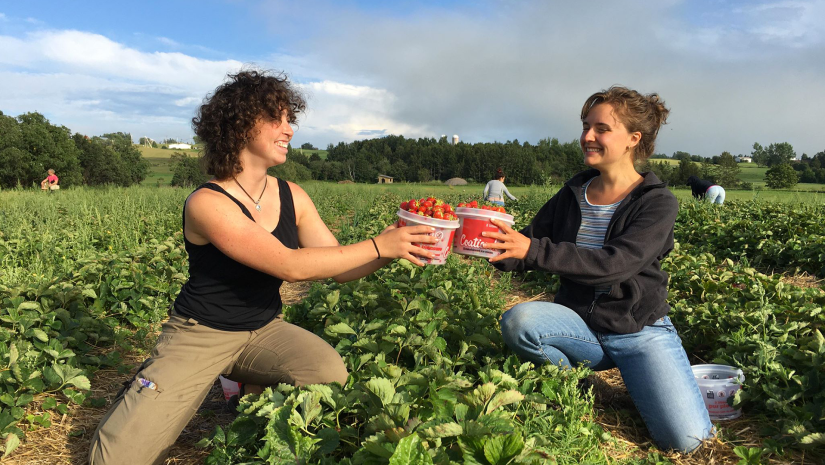
If you’re like me and you enjoy the outdoors for its ability to clear your mind after several days of sitting at the computer, or simply for trying new things, then gleaning is definitely the activity for you!
The term “gleaning” may not ring any bells at first since it is a relatively unknown agricultural practice. But it’s quite simple: gleaning is harvesting fresh fruits and vegetables from the field that would have otherwise gone to waste! Indeed, gleaning allows us to remedy (in part) the 13% of fruits and vegetables fit for consumption that, each year, are not harvested or are thrown away in Canadai!!! It’s the best of both worlds; harvesting fresh, delicious food yourself while participating in an initiative to reduce food waste. What more could you ask for? So don’t wait any longer and join the fun! It starts here and now 😉
Old, yes, but still relevant!
The origins of gleaning date back to the Middle Ages in Franceii, but its practice is still very much alive today! Numerous gleaners from the city and the country take up the task all over the province during the harvest season. Who knows, maybe you will become part of one of these joyful troops on their next trip to the fields!
In its early days, gleaning most often referred to : “picking up the ears of wheat left on the field after the harvestiii“. Today, it’s so much more than that! Strawberries, blueberries, squash, cucumbers, apples… All colours and especially all flavours are on the menu. All the vegetables or fruits that are not harvested by the producers are foods that can (and should!!!) be collected by gleaners. They are then divided into three parts: 1/3 for the volunteers who contributed to the harvest (that is potentially you reading this article!), 1/3 shared with the producer and the last 1/3 redistributed to community organizations.
Gleaning is not stealing!
Quiz: Have you ever heard of scrumping and can you tell the difference from gleaning? It’s important to make the distinction because, surprise, scrumping is similar to stealing, but not at all to gleaning! That’s why it’s important to continue reading in order to stay well informed on the practice of gleaning.😉
Scrumping: collecting vegetables from the ground or fruit such as apples from trees without offering paymentiv…
Gleaning: Collecting fruits and vegetables that would otherwise be left in the field and potentially lost, such as apples that have fallen on the ground in an orchard. A good deed, in other words!
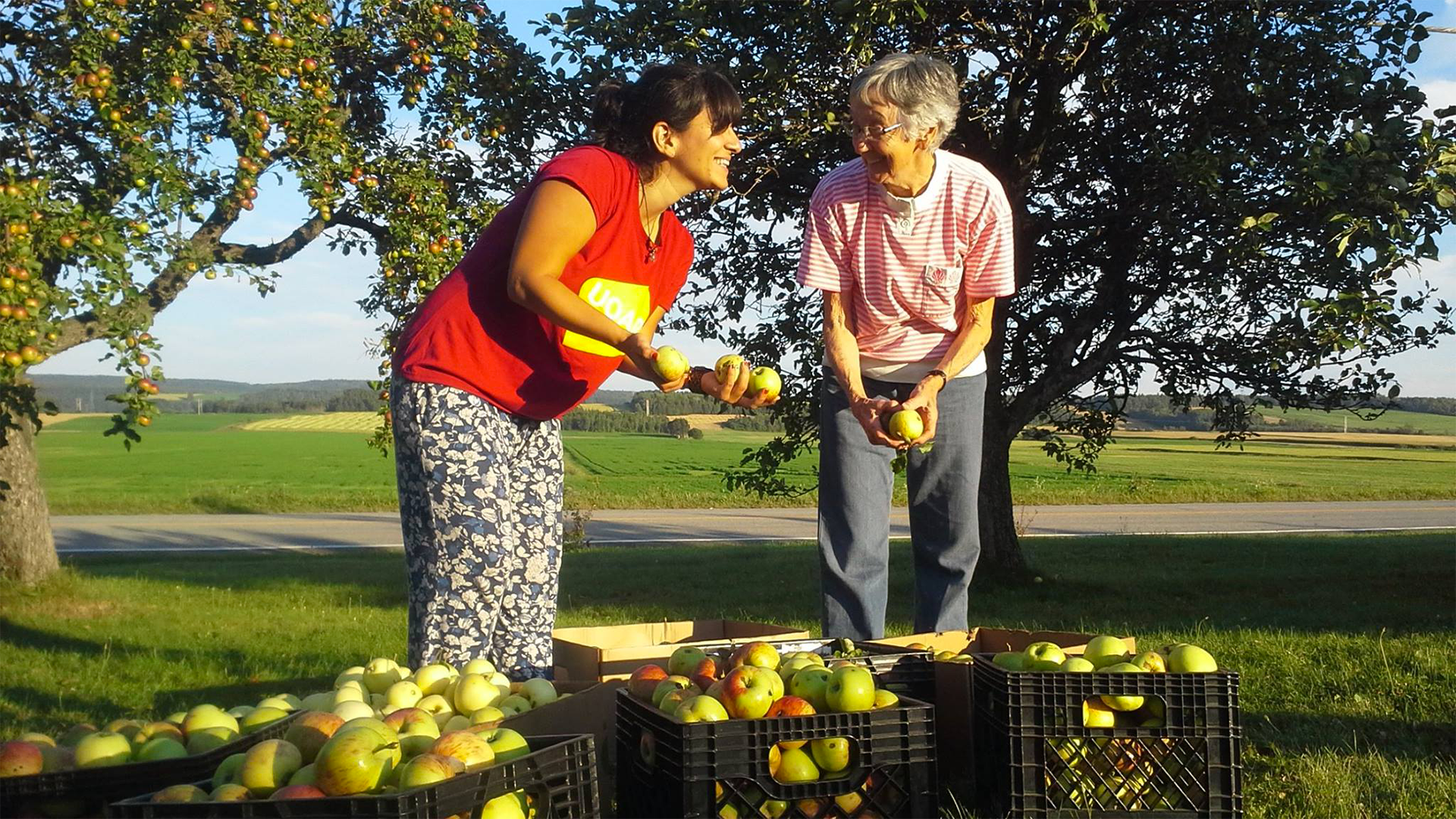
Photo credits : Fruits Partagés de Rimouski
Rescuing fruits and vegetables
There are several reasons that contribute to why many edible foods are not collected and are thus unnecessarily wastedv. Our aesthetic standards, for one. Have you ever noticed the “ugly”, “weird” or “imperfect” fruit or vegetable campaigns at the grocery store? We can all give them a chance, by intentionally choosing vegetables that are less-than-perfect. The weather also plays an important role in the harvest. Insufficient rainfall, harsh sun or strong winds can lead to irregular harvests and eventually to the impossibility of selling them on the market. Often, prices are so low that it is more advantageous and easier for the producer to keep the vegetables in the field or use them for compost. Through gleaning, we can help growers find new outlets for their unclassifiable vegetables and recognize all the work that goes into these beautiful vegetables.
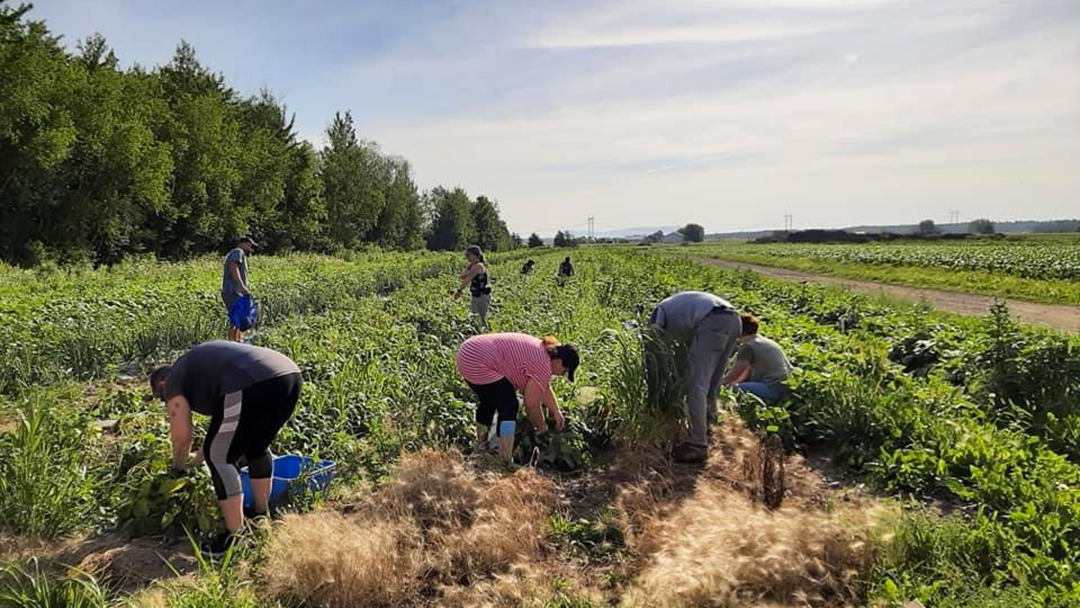
Photo credits : Glanage Rouville
Gleaning your own food can cut down on grocery store costs, which is always a plus. Why buy strawberries or raspberries at full price when you can pick them with your own hands? It can also be a great way to give back to your community! That’s right, do your daily good deed by going gleaning; the food collected is redistributed to food banks in your community to help those in need!
Here is a good example of a harvest from an afternoon of gleaning. All these bags contain delicious cucumbers… The result of a 3 hours well invested gleaning in the fields! Fortunately, a part of these harvests is shared… otherwise the volunteers will have to eat cucumbers morning, afternoon and night to not waste!! 😉

Photo credits : Glanage Rouville
So, you’re ready for an adventure and a good time? Here you’ll find a directory of organizations that organize gleaning activities throughout Quebec. You’ll be able to find a group closest to you and start spreading the word because in the next article, I’ll explain how to glean!
References
[i]Taking stock: Reducing food loss and waste in Canada, Gouvernment of Canada
[ii]What Is Gleaning? Past, Present & Future, Food Forward
[iii]Gleaning: an Ancient Idea for Modern Times, Gardener’s Supply Company
[iv]Scrumping, Cambridge Dictionary
[v] Mais d’où vient ce gaspillage, Zéro gâchis

Intern – Research Officer
Roxanne Paquet
Energetic, spontaneous and smiley, these three adjectives describe Roxanne perfectly. Passionate about ethical and sustainable fashion, she loves to visit small local thrift stores to hunt for unique and colourful finds. Eternally curious, you will probably find her buried in a book on international relations, politics or sustainable food. A social butterfly at heart, Roxanne will never be far from a group of friends to go on nature hikes or throw a frisbee out in the fresh air.
View all posts...Related posts :
Contact us
Earth Day Canada
5818, boulevard Saint-Laurent
Montréal (Québec) H2T 1T3 Canada
Phone : (514) 728-0116
Toll free : 1 800 424-8758
Fax : (514) 303-0248
Email: hello@earthday.ca
2025 © Earth Day Canada. All rights reserved.
Privacy policy · Terms of use · Trademark
